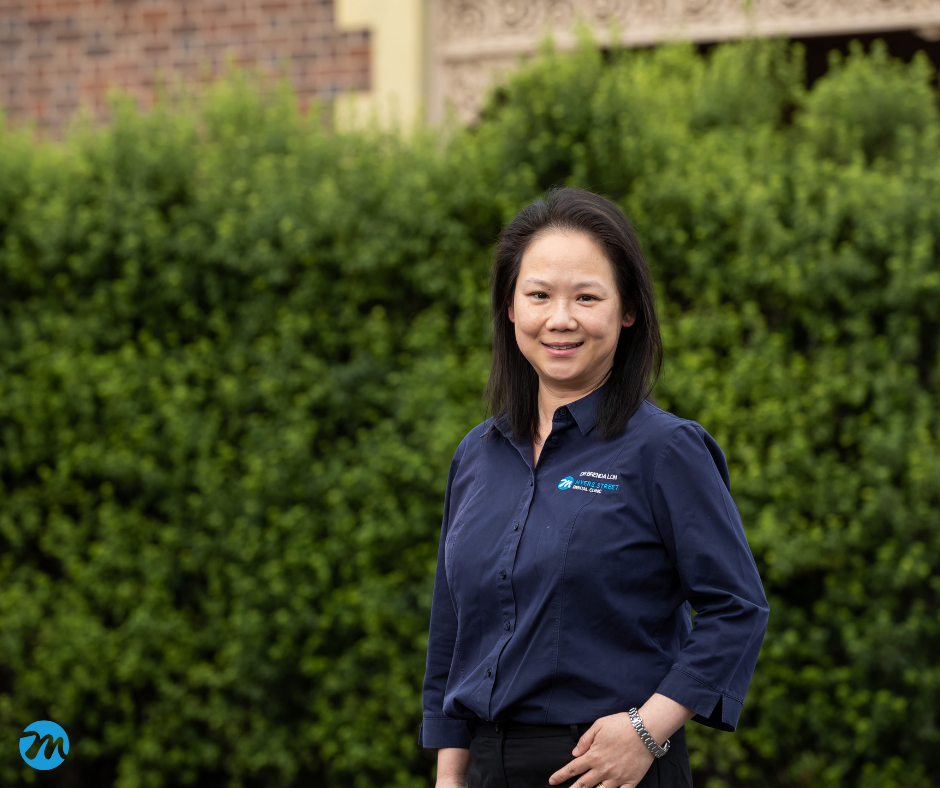Un-packing Your Brushing, with Dr. Brenda Loh

There’s this oversimplified idea that since sweets, soft drinks and juices are bad for your teeth, then the best way to avoid tooth decay is to brush it away straight after consuming it. Therefore, we have endless children’s storybooks, dental health advice flowcharts, reward stickers from the dental clinics, all drumming it into our heads (for generations) that we should be brushing straight after meals.
In a way, this helped make people feel better that they were trying to do something to reverse the effects of the foods and drinks they just had. They would make up for the guilt and fear of having a treat by dashing off to the bathroom with a toothbrush in hand.
We heard this all the time: “I have a can of Coke with my lunch every day. But I always make sure I brush straight away!”
“I drink lemon juice and hot water every morning to kick start my day. It’s great for my health. But don’t worry Doc, I make sure I brush straight away!”
Here are some basic points to note when it comes to tooth damage:
- Sticky carbohydrates (sugars) can create more acids for longer periods of time. So, to try and avoid decay, try not to have chunks of bread, biscuits, lollies stuck in your teeth for too long.
- When exposure to acids such as after meals, wine, juice or sugary treats (basically after you eat or drink anything but water), the environment in your mouth will stay acidic for about an hour afterwards. So, chewing sugar-free gum briefly (that is, only until the flavour runs out) can help to decrease the acidity by stimulating saliva to neutralise it.
- Enamel gets softer when it is exposed to acids, but saliva hardens the surface back up again after an hour. Taking a toothbrush to scrub the enamel within one hour of a meal or acidic drink actually allows for precious layers of enamel to be abraded and stripped away.
I have always challenged the idea of brushing straight after meals. Patients who brush straight after meals or acidic treats may have lower incidence of decay (because the food doesn’t stick to the teeth for long), but they can also develop more sensitivity as their enamel is thinner from being scrubbed when it is weakest.
I usually advise patients to brush at least one hour after the meal or acid attack, so that the saliva has had a chance to harden the enamel back up again. The catch is, don’t leave the sticky foods crammed between your teeth until then. If convenient, use little interdental brushes or floss picks to dislodge the stubborn bits from between your teeth. Get into the habit of self-cleansing with a mouthful of water and use your tongue to reduce trapped food.
You can discreetly do this with a sip of water, so there’s no need to rush to the bathroom sink.
(Side note: people with tongue piercings tend to have more decay, especially around the cheek side of the back teeth. Possibly because the stud in the tongue limits the ability to self-cleanse and lick away the small bits and pieces.)
So, what happens with breakfast?
I usually brush before breakfast and get rid of any food scraps with a good rinse with water. If there’s time and privacy to do so, perhaps an interdental brush or a quick floss.
How many times should I brush?
At a minimum: brush morning and night. Brush first thing in the morning upon waking, because plaque has been allowed to grow overnight and you want to reduce that bacterial load at your gums. Brush one hour after your lunch; the quick rinse and self-cleansing with the tongue may get you by, unless you have the chance to brush at school or work. Also brush at night before bed, because you’d want to remove any food left over, clean off the plaque and allow for the fluoride in the toothpaste to harden your enamel overnight.
By Dr Brenda Loh

